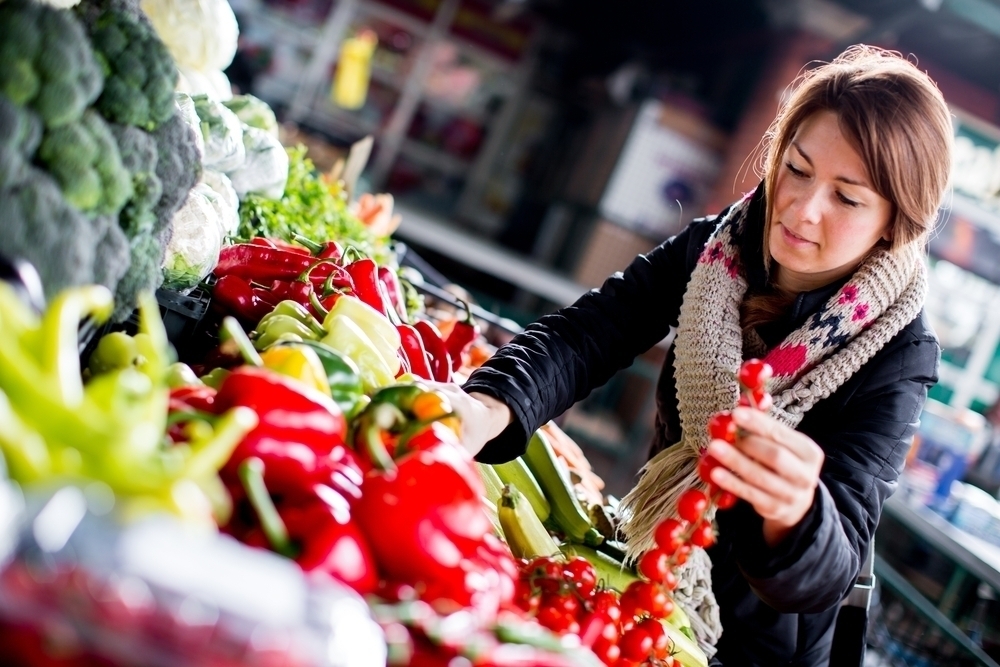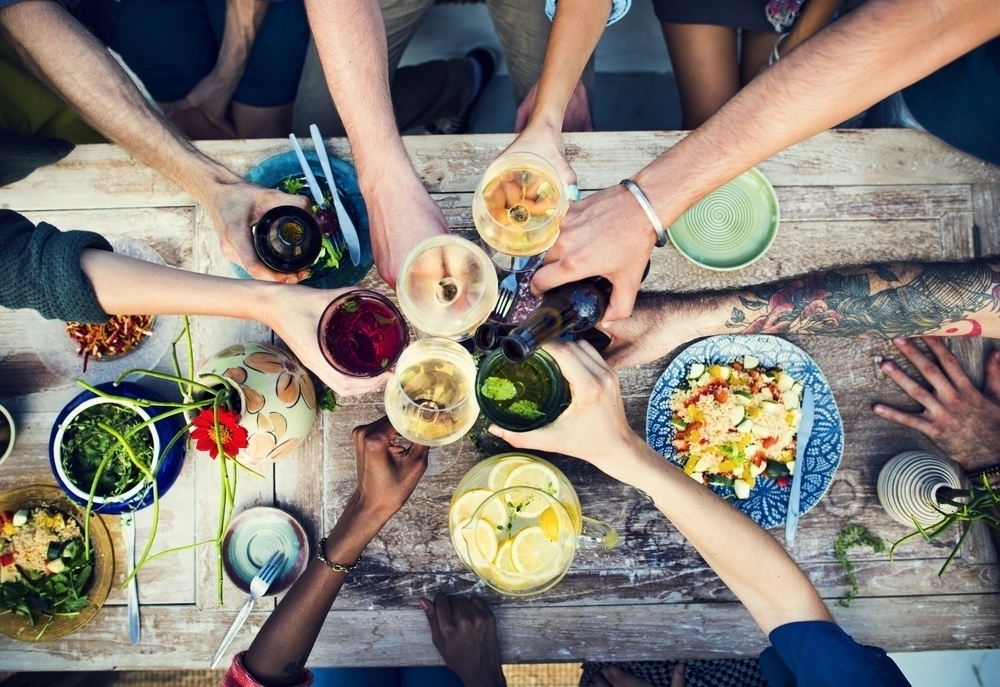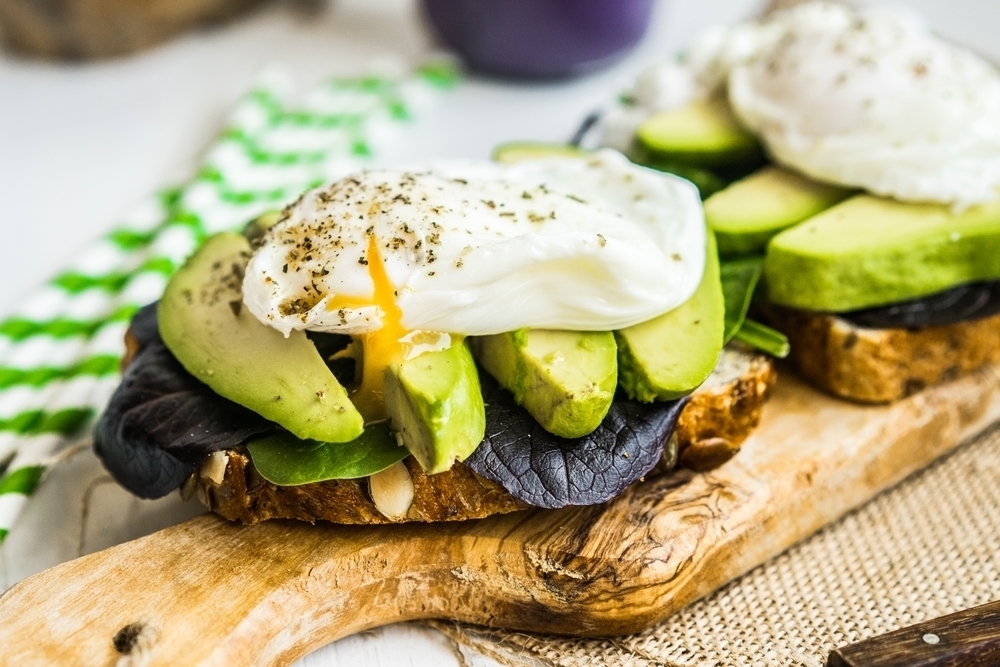What does it mean to “go organic?” Is it the environmental equivalent of buying Christian Louboutins? Does it mean meeting friends for organic Suncrust Pizza at the LYFE cafe followed up by a trip to Dunkin’ Donuts? Making the switch to organic foods is not a trend, its a commitment. It means being diligent about shopping practices, and may even require some economical sacrifices. However, it also means taking steps toward a chemical free environment. If you’re considering making the switch, here are some things you need to be prepared to do.
Make Room In the Fridge
Since organic produce typically does not last as long as inorganic, you’ll have to inspect your refrigerator and food storage areas to make sure you have room to store it. Clean out rotten produce to make room for your newer, healthier items.. Consider stocking up on frozen organic versions if frequent trips to the market are inconvenient.
Make a List
Make a list of items that you are running low on and gradually replace them with organic versions. This will cut down on waste and stretch out your finances while you are making the transition.
Organic Produce Shopping
Thin skinned produce or produce without peels have the least protection against pesticides. When switching to organics, berries, celery, apples, bell peppers, peaches, greens, and potatoes should be your first priority. Thicker skinned produce, such as avocados, pineapples, melons, and mangoes pose less of a health risk, and can be held off on, if you need to make the transition slowly.

Organic Dairy
Switching to organics will also mean converting to organic milk and dairy products to avoid antibiotics and pesticides. Although there may be a significant price difference, keep in mind that the switch will help to support and more natural agricultural system.
Meat and Eggs
If meat and eggs are dietary staples for you, you will want to purchase hormone free and organic forms of these proteins. Organic meat will probably be the most costly of all your switches. You may want to accompany this swap with the purchase of few organic flavorings, seasonings, and condiments, to keep your transition tasty.
Read Labels
Look for the “USDA organic” certification on the label of your food to make sure the Department of Agriculture has deemed it free of synthetic fertilizers, pesticides, and that no ionizing radiation was used in the processing of the food. “100% organic” indicates all ingredients are organic, whereas simply “organic” means 95 % organic, and “Made with Organic Ingredients” means that 70 % of the ingredients were not genetically modified.
Shop Around
Go to different grocery stores to find the best prices and selections of organic food. Your regular grocery store probably has an organic food aisle, and you may be able to find organic foods place next to the nonorganic. Health food stores, membership stores, and farmer’s markets can be good organic food sources and you can always consider starting your own garden, if you are so inclined.

Eating Out
Do your research when it comes to restaurants. Some restaurants may claim a dish is organic, but key uses seasonings, oils, and other components that may not be. Specialty restaurants are generally most reliable.
What do you think? Are you prepared to take the steps for a healthy environment and a healthy you? Let us know!







